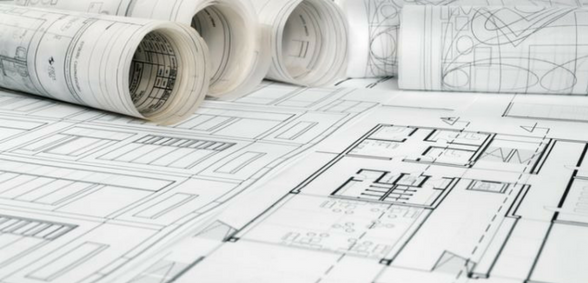
Squeezed budgets are nothing new – and one of the first things to slip through the cracks can be building and site maintenance. We take a look at how a leaky pipe or cracked mortar joint can quickly escalate from a minor annoyance to a significant time and cost drain, as well as how you and your facilities managers can best keep on top of school refurbishments
A solid approach
The key to upkeep and building maintenance is in taking a proactive approach, or planned preventative maintenance (PPM), according to Phil Turner, director at 24hr Solutions. “PPM is a scheduled service carried out by competent and suitable engineers to ensure that equipment is operating correctly. This then reduces emergency calls for unexpected problems and enables the bursar to, as far as practically possible, put together a financial forecast with regard to maintenance.”
Having a PPM contractor in place enables a one-call solution that gets the problem solved quickly and efficiently as the engineers have used, and are familiar with, the equipment. Phil says that putting in the legwork now can save a lot of money in the long run. “As a rule of thumb corrective maintenance (emergency repairs) costs two to five times more than preventative maintenance.”
“Premises management and facilities maintenance of schools are inextricably linked and it can become more time-consuming for you not to keep abreast of current health and safety legislation – sourcing suppliers can take time as well, so it’s best to have a solid contact lined up and ready to go” explains Louise Campion, managing director of Campion Consultancy. “To prevent costly call outs when emergencies occur we advise having a fully-trained premises team who possess additional skills in carpentry, plumbing and electrical,” she advises. “Having a yearly service plan in place for predictive maintenance is also key to identifying problems well before they arise.”
Planning ahead
According to Terry Moore, executive consultant at ISM, the single most important thing in long-term facility maintenance is a complete facility audit. “Locate an audit firm in your locale to complete this task. The facilities audit should produce a complete list of all systems, their current condition and a useable life estimate. Every building system will wear out – from carpets, plumbing fixtures to HVAC systems and roofs; on-going maintenance is essential as is knowing the expected life of each of the systems in place.” After completing the facilities audit Terry recommends estimating each system’s replacement cost.
“Once you know those costs a reserve fund must be created. This is accomplished through strategic financial planning. Maintaining facilities has to be understood as part of the cost of doing business and funded accordingly.” And when planning ahead make sure you don’t overlook the essentials, Phil advises. “Councils will normally ensure that local authority (LA) inspections are carried out for obvious items like gas, electricity, food and hygiene,” he explains, “and overlooking specialist items like legionella, fire prevention (fire doors, sprinkler systems and ladders), key health and safety aspects, pump stations and Portable Appliance Testing (PAT) can result in severe penalties and fines.
“It’s key to remember all aspects of maintenance and health and safety before the issue arises and that’s why professional maintenance contractors assist.” Louise says it’s easy for schools to overlook their premises staff training and reminds leaders to keep up with the necessary paperwork. “They don’t always realise that non-accredited courses in fire and health and safety should be completed annually and accredited courses should be completed every three years.”
Saving the pennies
When looking to budget and invest in facilities maintenance consider the cost of not following through with preventative care. “A brilliant example of this is a pump station where maintenance had been ignored for too long…the station broke down due to a blockage (which wouldn’t have been an issue had the station and pumps been routinely cleaned, serviced and inspected) and started to flood the premises,” Phil recalls.
“The total cost for emergency repairs ran into the tens of thousands of pounds and when you compare this to what three years of maintenance would have cost at £1200/year…” Louise cites Redehall Preparatory School in Surrey as an example of a school that’s using best practice solutions for the day-to-day running of the premises. “This includes focusing on facilitating legionella training for school staff and also carrying out remedial works in several areas, like reconfiguring historic areas of the building. By updating and maintaining the multi-purpose hall to modern standards the school is able to preserve the existing character of the building whilst ensuring student safety.” Of course, saving money is going to be a priority for any SBM, Terry notes.
“Most SBMs play a game of sorts by trying to help the facility outlive the replacement estimates. Take a HVAC replacement as an example; it costs £100k to replace it but for only £5,000 a SBM can make the system perform effectively for another three to five years. “SBMs should be constantly monitoring systems to get the very most out of them,” he continues. “The aim is to extend their life as much as possible – but knowing when to replace them before they cause expensive problems.” The experts agree: spending the money in preventative efforts now will save you a much larger sum in the future. Emergency repair costs are one thing to absorb – but a major setback can cost a school its reputation – and it’s just not worth the risk to students.
Don’t forget to follow us on Twitter and keep up-to-date with the latest news and features
